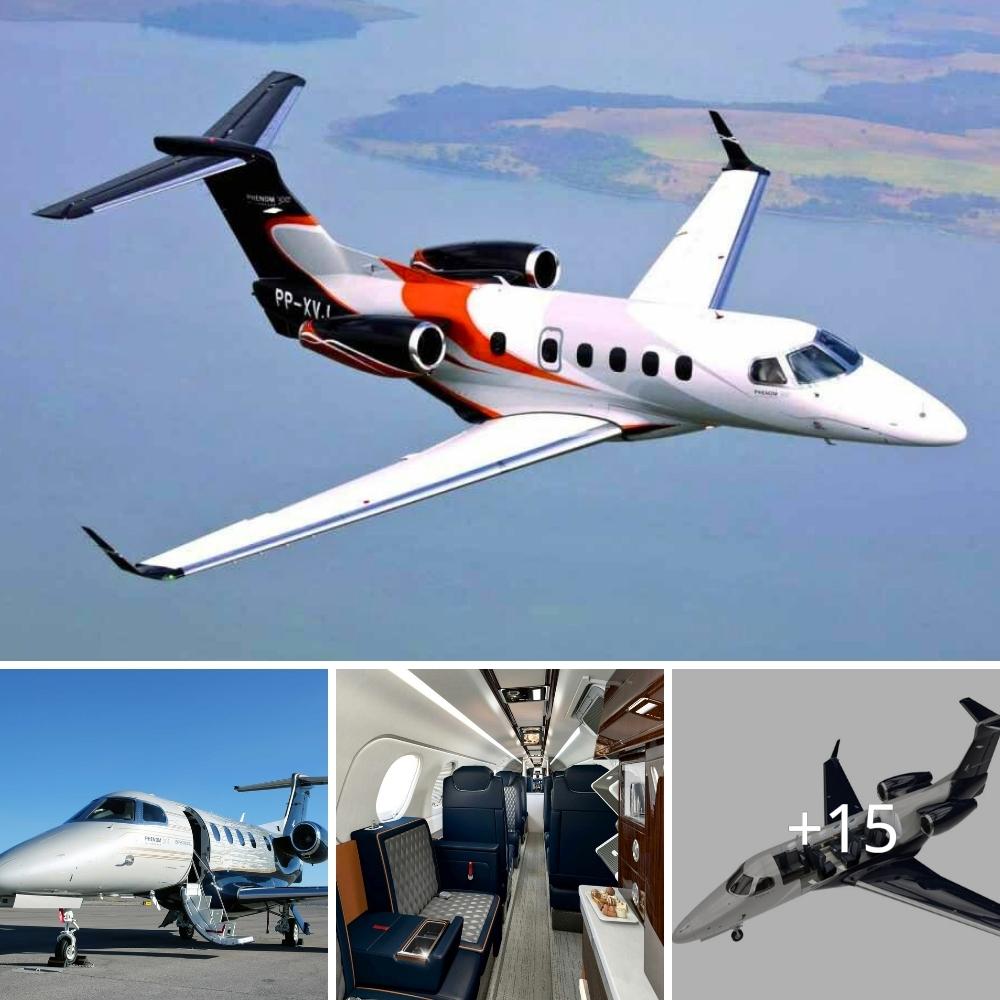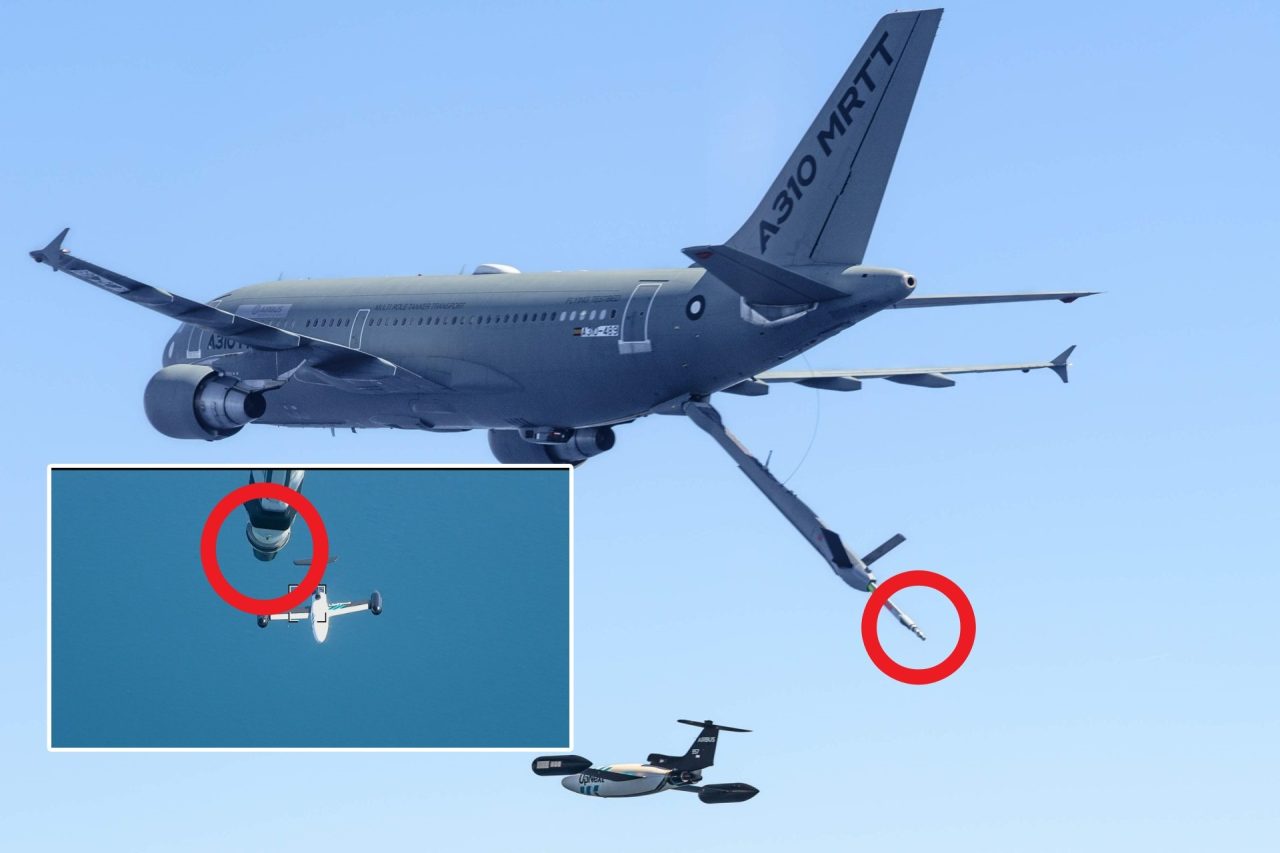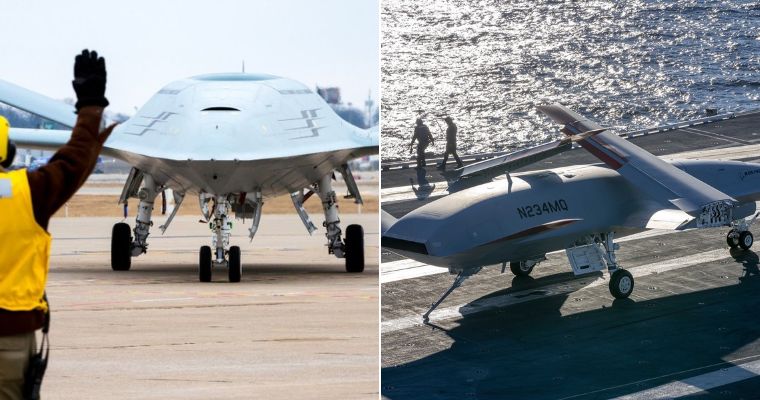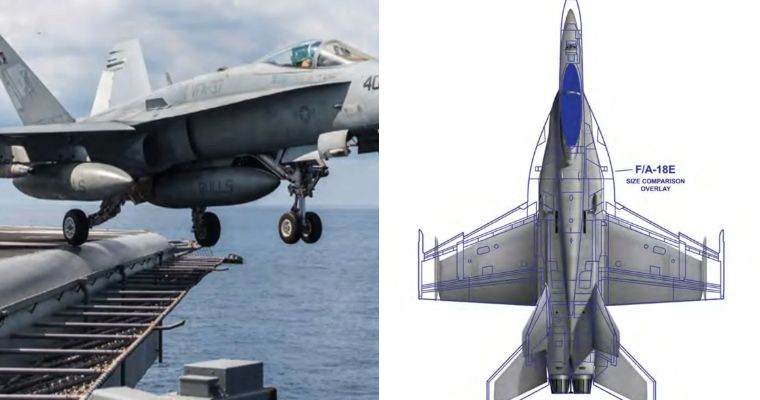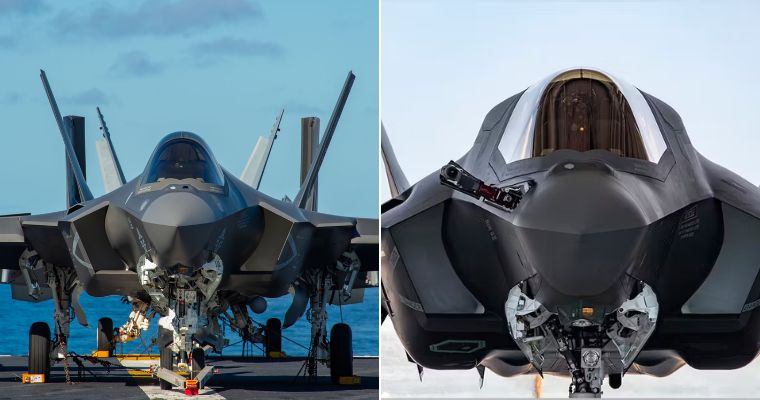Company executives gather in New York to tout flagship’s exploits, features.
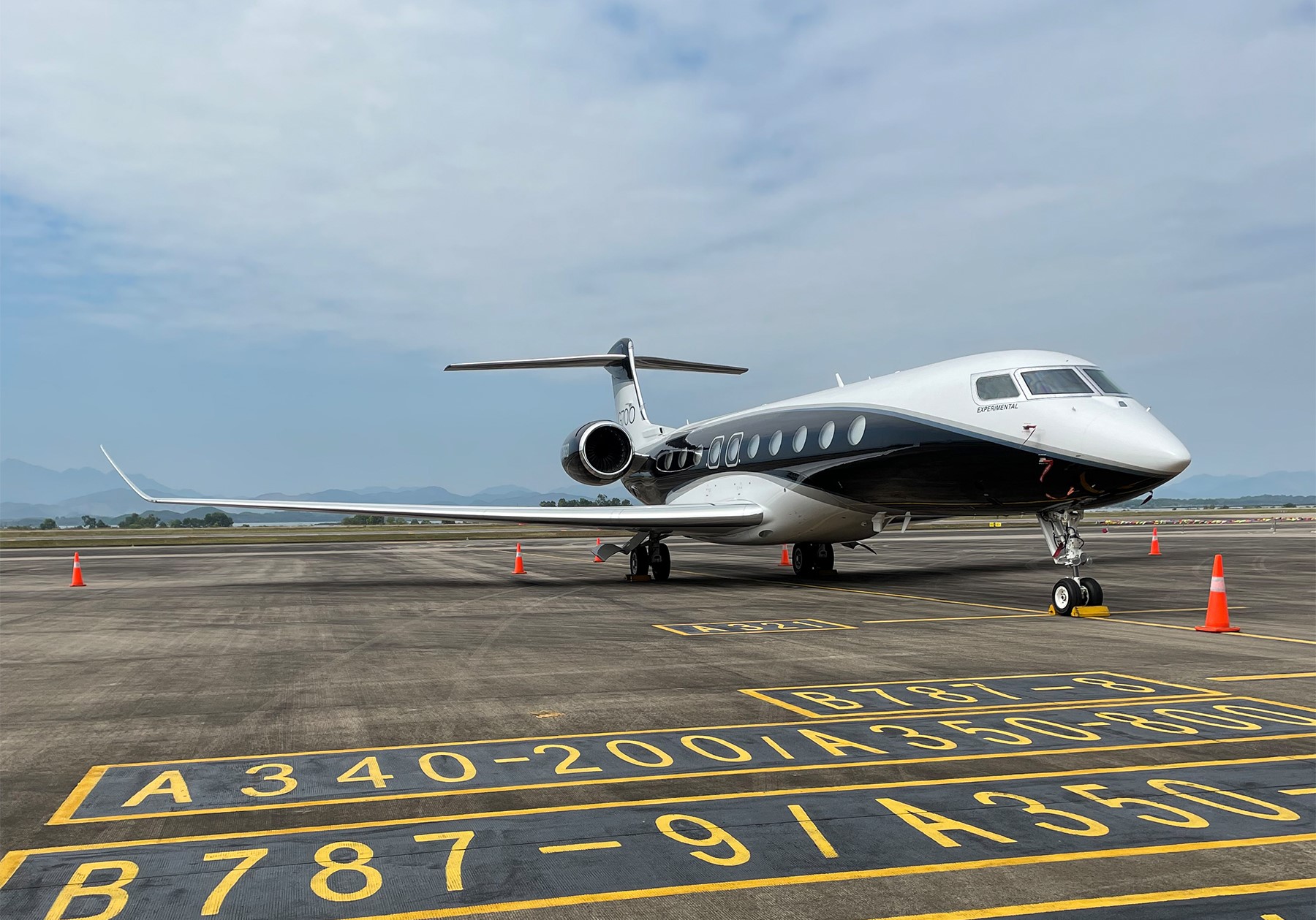
The flights were part of a recent world tour that, according to company CEO Mark Burns, was designed to showcase the aircraft’s capabilities to potential customers while also testing its day-to-day flexibility, reliability and ease of use from the pilot and customer points of view. While Burns declined to reveal details about orders and backlog, he did say the world tour boosted already strong demand for the new airplane, which is in the process of FAA certification.
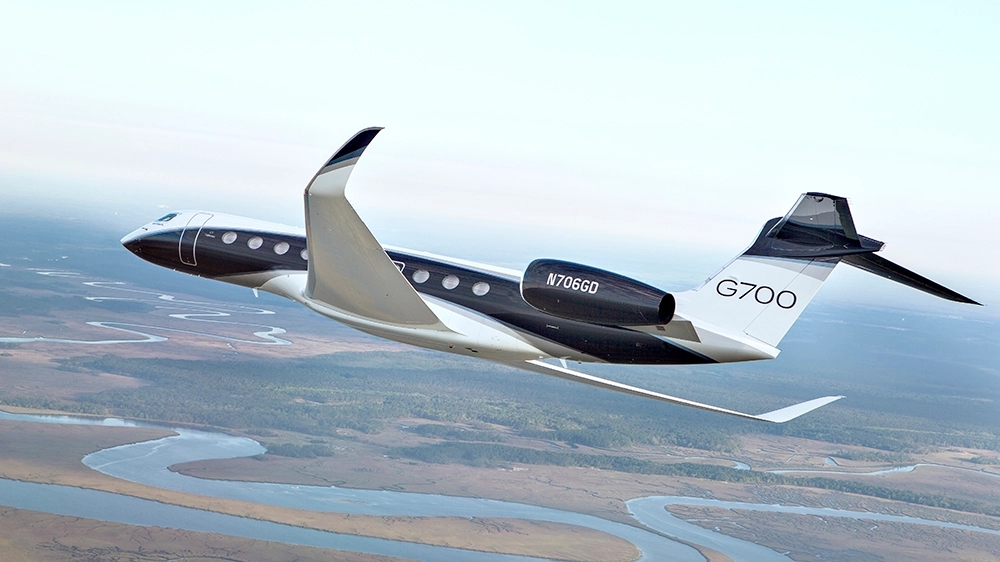
Among the record runs were Savannah, where Gulfstream is based, to Riyadh, Saudi Arabia, in 12 hours, 36 minutes at an average speed of Mach 0.90, or about 690 mph; Riyadh to Melbourne, Australia, in 13 hours, 39 minutes at an average speed of Mach 0.87, or about 667 mph; Istanbul, Turkey, to Van Don International Airport in Vietnam, in 9 hours, 2 minutes at an average speed of Mach 0.90; and Christchurch, New Zealand, to Los Angeles in 12 hours, 13 minutes at an average speed of Mach 0.87.
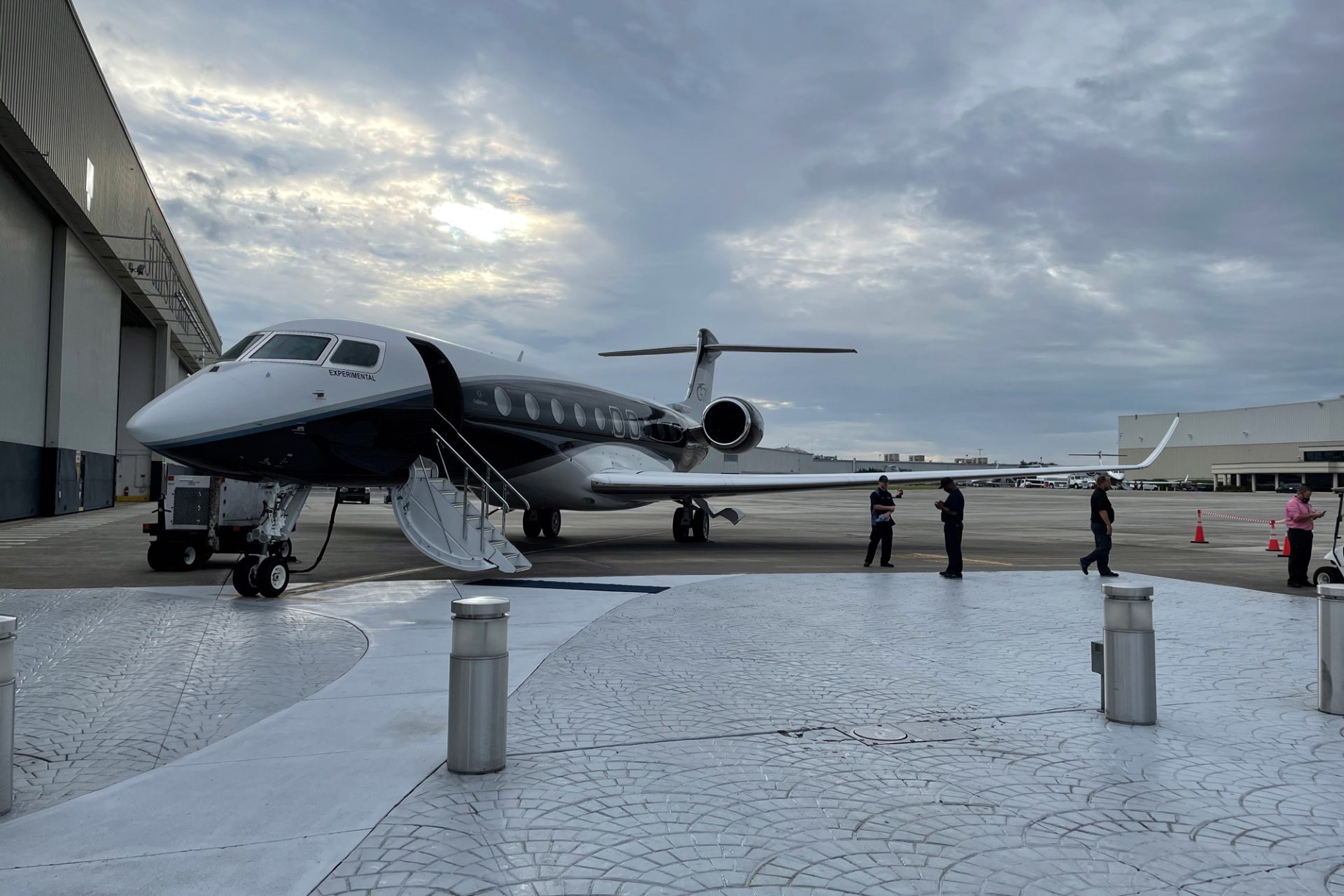
During the tour the two test aircraft traveled a total of 53,882 nautical miles and clocked more than 180 flight hours. Greg Principato, president and CEO of the National Aeronautic Association, which is the official record keeper for aviation in the U.S., was on hand Monday to confirm Gulfstream’s records.

Notable features on the test aircraft included a large lavatory with a full shower and what Gulfstream calls “the industry’s only ultragalley,” with more than 10 feet of counter space—more than many home kitchens. The aircraft’s pressurization system also gives it an unusually low cabin altitude of 2,916 feet when flying at 41,000 feet, the company said.



